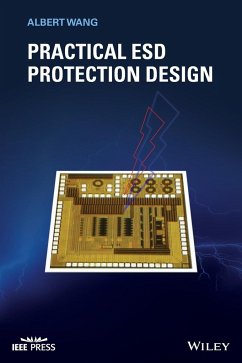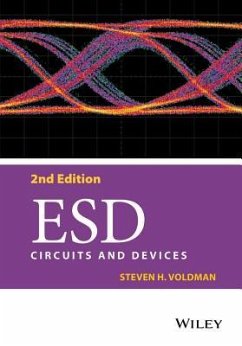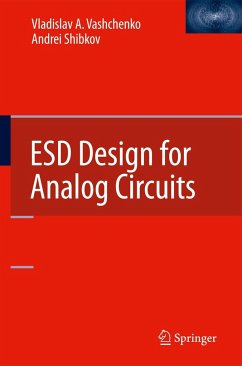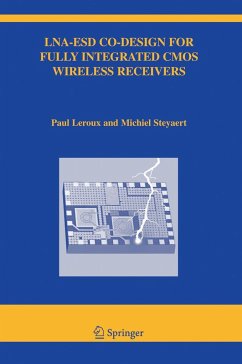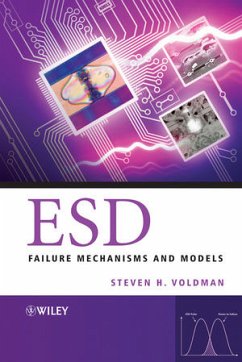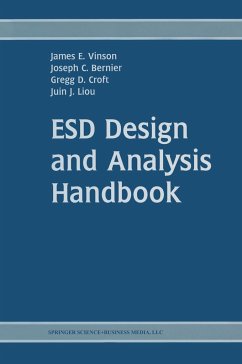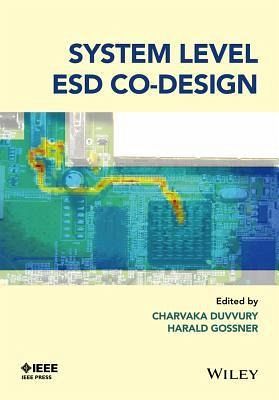
System Level Esd Co-Design
Versandkostenfrei!
Versandfertig in über 4 Wochen
140,99 €
inkl. MwSt.
Weitere Ausgaben:

PAYBACK Punkte
70 °P sammeln!
"Demystifies the concept of system-level ESD and details its difference from the conventional component level ESD design and testing. Describes the protection elements and designs and focuses on the "co-design," an optimization methodology to address both issues in the same design space"--




